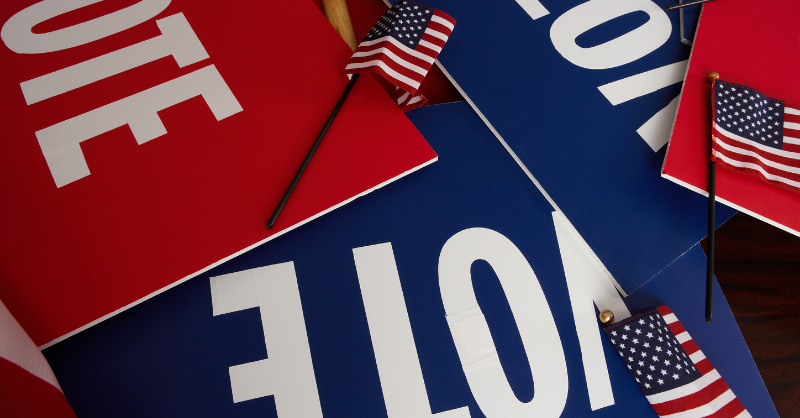Wisconsin voters will decide on a constitutional amendment on April 1 to require photo identification to vote. A photo ID is already required by state law. The state legislature took the final vote on Jan. 14 to send the amendment to voters.
Currently, 35 states require voters to present identification in order to vote at the polls on Election Day. Of these states, 23 required voters to present identification containing a photograph, with certain exceptions, and 12 states did not explicitly require photo identification. The remaining 15 states did not require voters to present identification in order to vote at the polls on Election Day.
The Wisconsin amendment would require photo identification issued by the federal or state government, by a federally recognized American Indian tribe or band in Wisconsin, or by a college or university in the state. The amendment authorizes the state legislature to pass laws to establish acceptable forms of photo identification and exceptions to the requirement. Voters who do not provide a valid form of photo identification on Election Day would be permitted to cast a provisional ballot and provide a valid form of photo identification by 4 p.m. on the Friday following Election Day.
In Wisconsin, the state legislature is required to approve an amendment by a majority vote in two successive sessions for the amendment to appear on the ballot. During the 2023-2024 legislative session, the amendment was passed by a 62-35 vote in the state Assembly and by a 21-20 vote in the state Senate. During the 2025-2026 session, the state Assembly passed the amendment by a 17-15 vote, and the state Senate passed it by a 54-45 vote.
Adding the photo ID requirement to the state constitution means voters would need to approve another constitutional amendment to remove it, effectively raising the vote threshold needed to change the requirement. Supporters of the amendment expressed concern that the Wisconsin Supreme Court could have the opportunity to strike down the current state law. Rep. Patrick Snyder (R-85) said, “If we wait on something like this, then (the court) could rule that the photo ID is unconstitutional, and then it would be a harder time.”
The current state law was passed in 2011 and was upheld by the state Supreme Court in 2014, which had a conservative majority at the time. The court currently has a 4-3 liberal majority. Wisconsin voters will also be electing a new justice to the court in April to replace retiring Justice Ann Walsh Bradley, a Democratic member of the court.
Lisa Hassenstab, the public policy manager at Disability Rights Wisconsin, opposes adding the requirement to the state constitution. She said, “A number of Wisconsin residents who have a disability don’t drive, they don’t have a driver’s license, they may not have other photo ID required to vote. Positioning the DMV as the primary place for Wisconsinites to get a photo ID increases barriers for a number of people.”
Nine states have voted on ballot measures to enact voter photo ID requirements. Eight measures were approved, including one in Nevada that needs to be approved a second time in 2026 to take effect, and one measure was defeated in Minnesota.
Voters in North Carolina will also decide on a voter photo ID amendment in 2026 that was placed on the ballot by the state legislature. The ballot measure would require photographic identification to vote for all voters, not just those voting in person. As of 2024, the photo voter ID requirement only applied to those voting in person.
Proponents of a voter photo ID law submitted signatures in Maine on Jan. 6. Citizen initiatives are indirect in Maine; therefore, the state legislature will consider the law and if they reject or do not act on it, the law will appear before voters on Nov. 4, 2025.
Additional reading:


